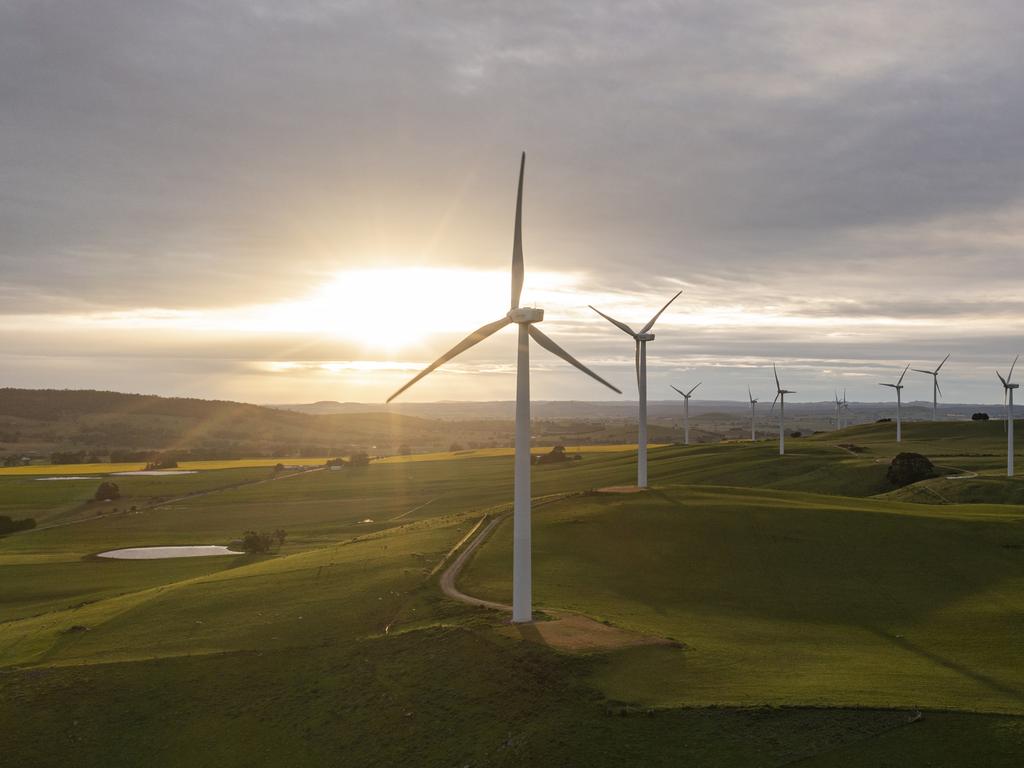Running with the journo pack is a race to the bottom


Yet social media, and particularly the positive feedback reporters get from left-wing followers on Twitter, has effectively taken some journalists back to the era of 1950s conformism. This was a time when the ABC, the Fairfax newspapers and the Packer newspaper, magazine and television interests accepted the conservatism of prime minister Robert Menzies and his Coalition government through 17 years of uninterrupted rule.
Today’s media groupthink conforms to a kind of progressive world view that happily accepts certain opinions and rejects others. Journalists on Twitter routinely abuse fellow scribes who don’t toe the ideological line. Media consumers do not realise it, but journalists are by nature reluctant to stand out from the pack. It’s not uncommon for reporters from rival outlets to caucus on angles and leads for stories so no one is caught out in news coverage.
Three recent examples of the new, closed journalistic mindset stand out.
Most media outlets say Elon Musk’s takeover of Twitter is a disaster for free speech, yet have refused to give a proper airing to revelations in the “Twitter files” he made available to some independent US journalists last month soon after he assumed control of the business.
In Australia, many journalists have continued the pile-on against Cardinal George Pell even after his death and despite the 7-0 High Court decision in April 2020 which overturned his convictions for sexual abuse.
And most media outlets continue to peddle the lie that recent flooding in eastern Australia is unprecedented.
Taking these issues in reverse order: Sky News Australia’s Chris Kenny, in his new 8pm timeslot, got it right on the floods last Monday night. The only record flood in the present three-year La Nina was the Lismore flood last February. Eastern Australia had a wet year in 2022 but Bureau of Meteorology charts show it was only the ninth wettest year on record. The present Murray River flood is a long way short of the record 1950 Murray flood.
Indeed, as this column has regularly pointed out, the La Nina of 1954-56 produced more rain in coastal NSW than the present event. The 2010-11 floods in southeast Queensland were more deadly. The Gundagai flood of 1852 killed 89 people.
These are not matters of “climate denial” or a reactionary political agenda. As environment editor Graham Lloyd wrote in The Australian on January 14 in a piece criticising the media’s ongoing confusion over the issues of weather and climate: “While much has been said about the impact of severe flooding, the flip side has been a restoration of water catchments, an ending of years of drought, bumper crop yields for farmers, and a recovery of corals on the Great Barrier Reef.”
Kenny and Lloyd were simply applying a healthy contrarian eye to their coverage. It’s the sort of approach good editors and sub-editors once used when handling all news copy. Today, journalists report weather through the lens of climate change, even though climate scientists at the IPCC have many times said there is a low probability any single flood event can be directly linked to climate change.

The performance of some experienced journalists on Twitter following the January 10 death of Pell, the most senior Catholic in Australia’s history, has been partisan, foolish and inaccurate. As Sydney Institute director Gerard Henderson wrote here last Saturday week, many of Pell’s media critics immediately moved to criticism of the Cardinal’s handling of abuse complaints in the report of the Royal Commission into Institutional Response to Child Sexual Abuse once criminal charges against him were smashed by the High Court.
Pell’s biographer, Tess Livingstone, told this column during the Pell trial in Melbourne in 2018 that people she spoke to during breaks in the trial thought Pell deserved to be prosecuted because of his role as former Archbishop of Melbourne, even if he had personally never offended. That’s now the de facto position of many reporters: Pell, as head of the church in Australia, deserved conviction for the sins of others.
This newspaper has been criticised by many journalists on Twitter for publishing pieces defending Pell. Apparently, journalism that takes heed of the High Court is at odds with the preferred anti-Catholic narrative of many reporters. Readers of Twitter posts by ABC reporter and Pell pursuer Louise Milligan, especially those who have read her book Witness, know that for some reporters the feelings of alleged victims take precedence over legally provable facts.
Some reporters will recoil at this, but they really should remember the good the Catholic Church has done educating at times up to a third of Australian children, running hospitals and providing welfare services to the poor. While it is right that the Catholic Church has confronted its institutional child abuse cancer, it is also worth remembering other institutions have harboured child sex offenders, including other churches, the judiciary, parliaments, and schools.
This column has often reminded Pell accusers of the wise words of The Age’s longtime crime writer, John Silvester. He told his readers in 2020 that many of his own police contacts were surprised at the original conviction of Pell, given the complete lack of any evidence of grooming of his alleged victims.
Credulous journalists were happy to believe one of the best-educated and brightest men this country has ever produced risked orally raping two strangers in an open sacristy at St Patrick’s Cathedral after his second mass as archbishop of Melbourne, not even knowing if the two choristers’ parents could have been judges, police or politicians.
Globally, the mainstream media’s lack of interest in the “Twitter files” – released by Musk to reporters Matt Taibbi, Bari Weiss, Michael Shellenberger and others – ranks with the lack of curiosity by journalists in the lead-up to the Iraq War when most – including this masthead – accepted US intelligence assurances that Saddam Hussein had weapons of mass destruction.
The files include publication of internal company memos showing how Twitter executives handled some of the biggest US stories of the past six years, especially the Russiagate hoax, the banning of Donald Trump from Twitter on January 8, 2020, the shadow banning of medical professionals and academics dissenting from government policy on Covid-19, the censoring of the Hunter Biden laptop story only weeks before the last presidential election, and the role of the FBI, the Pentagon and the CIA in collaborating with Twitter executives to censor certain posts.
Most US mainstream media outlets have refused to accept their role in disseminating false Russiagate stories driven by Democrats-aligned former Obama era intelligence officers. Any thoughtful contrarian editor or journalist looking at the files and the internal Twitter memos published should have been keen to tell their readers the truth about government intervention in what Twitter users falsely imagine to be an independent social media platform.
Taibbi’s TK News called for a truth and reconciliation process for mainstream media outlets now shown to have published false information about Trump and Russia for seven years. He wrote: “Forget Trump, you need to clean up your own house first. Expunging the years of absurd deceptions has to happen if media companies ever want wide audiences to trust them again.”
This is the nub of media fragmentation and the role of Twitter in it. Most media outlets no longer care about wide audiences or truth. They want to fan the preferences of the narrow and politicised audiences they already have. It has little to do with real journalism.







In journalism, far better to be a contrarian than an enforcer of conventional pieties.